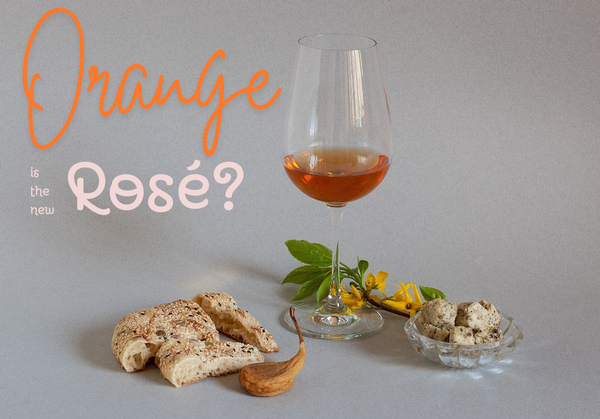
Orange wine has become a rising star in the world of wine, offering a captivating adventure for curious palates. But what exactly is it, and why is it suddenly all the rage?
Orange is somewhat akin to rosé, but sits within its own category. One way to understand it is as a "rosé inversion." Typically, rosé is crafted from red grapes with minimal skin contact, giving it a light pink hue. In contrast, orange wine uses white grapes, but the skins are left in the juice during fermentation, similar to red winemaking techniques. This extended skin contact is what gives orange wine its distinctive color and flavor profile.
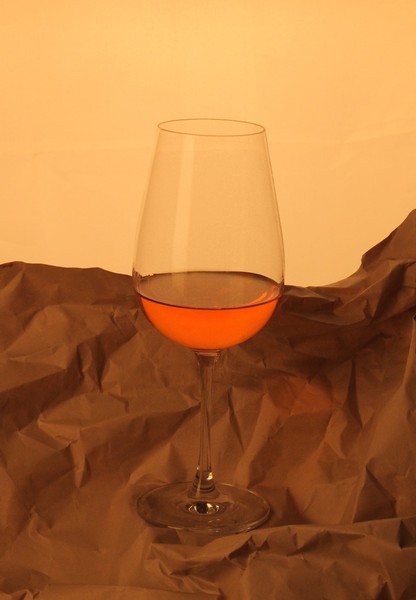
Orange wines boast incredible diversity, making them a captivating adventure for the taste buds. Unlike standardized white, red, and rosé production, orange wine is currently experiencing a period of unmatched flexibility in crafting. Any white wine grape varietal could be used. The length of skin contact determines the spectrum, with orange wines ranging from light and refreshing to bold, rich, and complex, mirrored in their captivating colors that span golden-orange to deep amber and copper. With all sorts of styles and flavors to explore, wine lovers of all palates can find a perfect orange wine for themselves.
Orange wine's complexity goes beyond color. The flavor profile is remarkably diverse, ranging from refreshingly floral, fruity, and citrusy styles to more complex expressions. With their nuanced profiles, these wines offer a surprising array of aromas, including tropical fruits, orange zest, ripe sweet apples, honey, hazelnuts, juniper, green tea, and herbaceous hints. This rich tapestry of flavors makes a single, definitive description challenging. Orange wines are so versatile that even if you dislike one, you might just fall in love with another.
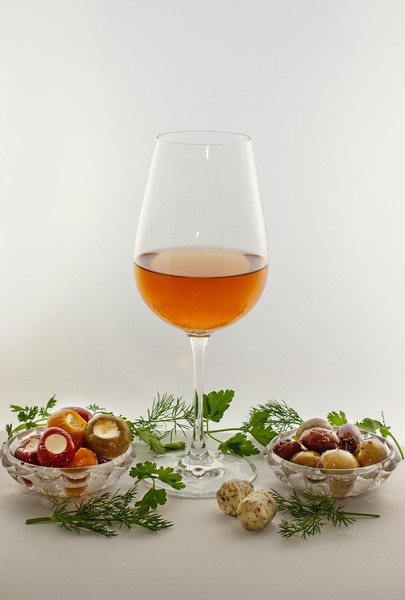
Being neither white nor red wines, orange wines excel at food pairings. They are bold enough for beef, but their delicate notes complement fish beautifully. Often dry with a touch of tannin and a full mouthfeel, they pair perfectly with Indian curry or spicy Moroccan cuisine. The vibrant acidity in orange wine cuts through the richness of fermented ingredients found in Korean and Japanese dishes. Truly a culinary chameleon, orange wine tackles strong-flavored dishes that can pose a challenge for other wines.
Orange wine's rise in popularity isn't just about its unique taste. The very fact that it's crafted from diverse grape varietals and boasts a unique character sparks conversation. Orange wine drinkers tend to be a curious bunch – inquisitive enthusiasts eager to learn. Ordering a glass becomes an invitation to explore, prompting your server's questions about your preferences and opening a gateway to a deeper understanding of the wine world. One could even say orange wine is the most social of beverages within the wine world.
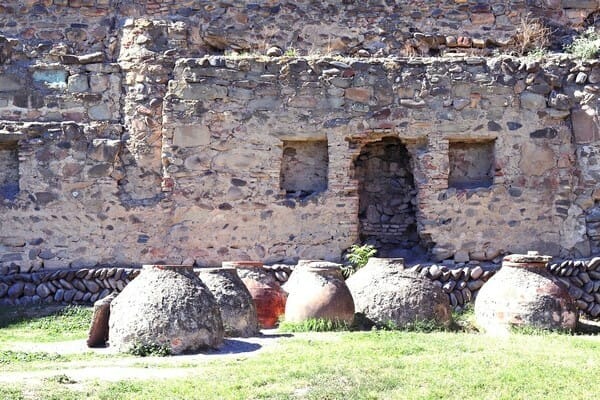
Orange wine's recent interest might make it seem like a new invention, but surprise! The techniques behind these intriguing wines stretch back an incredible 6,000 years, originating in what is now the country of Georgia. After all, Georgia and the Caucasus region proudly claim the title of birthplace of wine and winemaking.* Orange wines, therefore, offer a unique window into ancient winemaking.
Georgian winemakers used massive clay vessels called qvevri, buried underground for natural temperature control. This slow fermentation process, a cornerstone of Georgian winemaking to this day, imbues orange wines with their distinctive character. The grape of choice in Georgia is Rkatsiteli, an indigenous varietal renowned for producing wines with a deep, reddish-orange hue. Though internationally known as "orange wine," Georgians, the originators of this style, refer to it as "amber wine." Order it by this name next time for a touch of connoisseur cred!
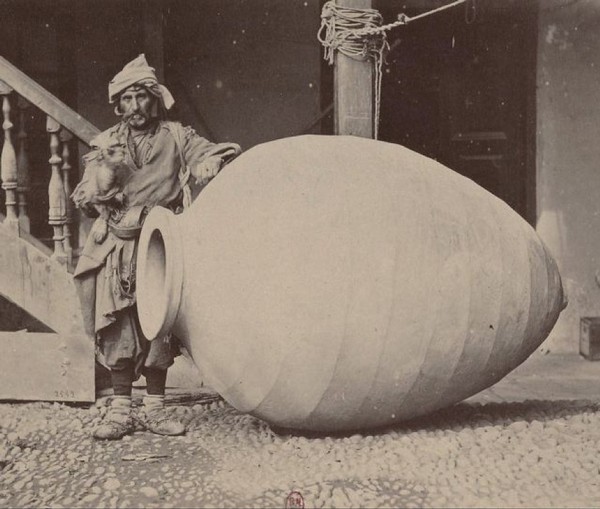
So these days we’re just re-inventing the great things of the past. Along with Georgia, today’s leaders in producing orange wines are Italy and Slovenia. ** This style has created a splash worldwide and is now found in many regions. In France, the Jura region boasts some well-regarded orange varieties. *** The New World has embraced the trend as well, with experimentation flourishing in Australia, Chile, California, and beyond.
Speaking of ancient traditions, Israel, a land steeped in wine history, is also exploring the world of orange wines. While Israeli orange wines are still a rarity in the U.S., a recent arrival, Ramat Negev Orange, offers a promising example. Hailing directly from the sun-drenched Negev desert, this harmonious blend of Pinot Gris and Semillon grapes yields a wine boasting a sunny orange hue, mirroring its desert birthplace. It's definitely worth trying!
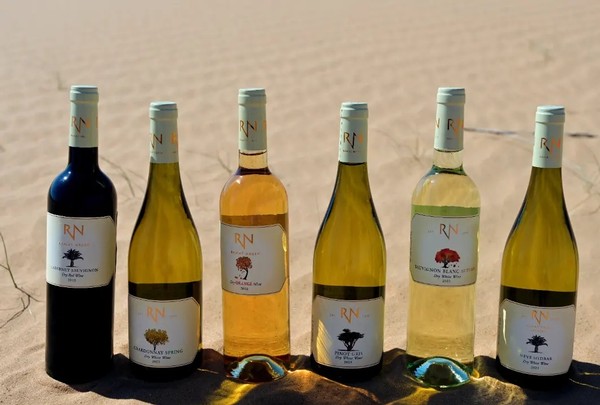
It turns out our current favorite is actually nothing new under the sun. The enduring human quest for delicious discoveries has been going on for millennia and shows no signs of stopping. So why not join this exciting journey?
* https://www.washingtonpost.com/lifestyle/food/you-say-orange-wines-the-georgians-say-amber-heres-what-they-all-have-in-common/2018/10/05/9a707aae-c805-11e8-b1ed-1d2d65b86d0c_story.html
** https://www.winebusiness.com/wbm/article/283683
*** https://winefolly.com/deep-dive/orange-wine/